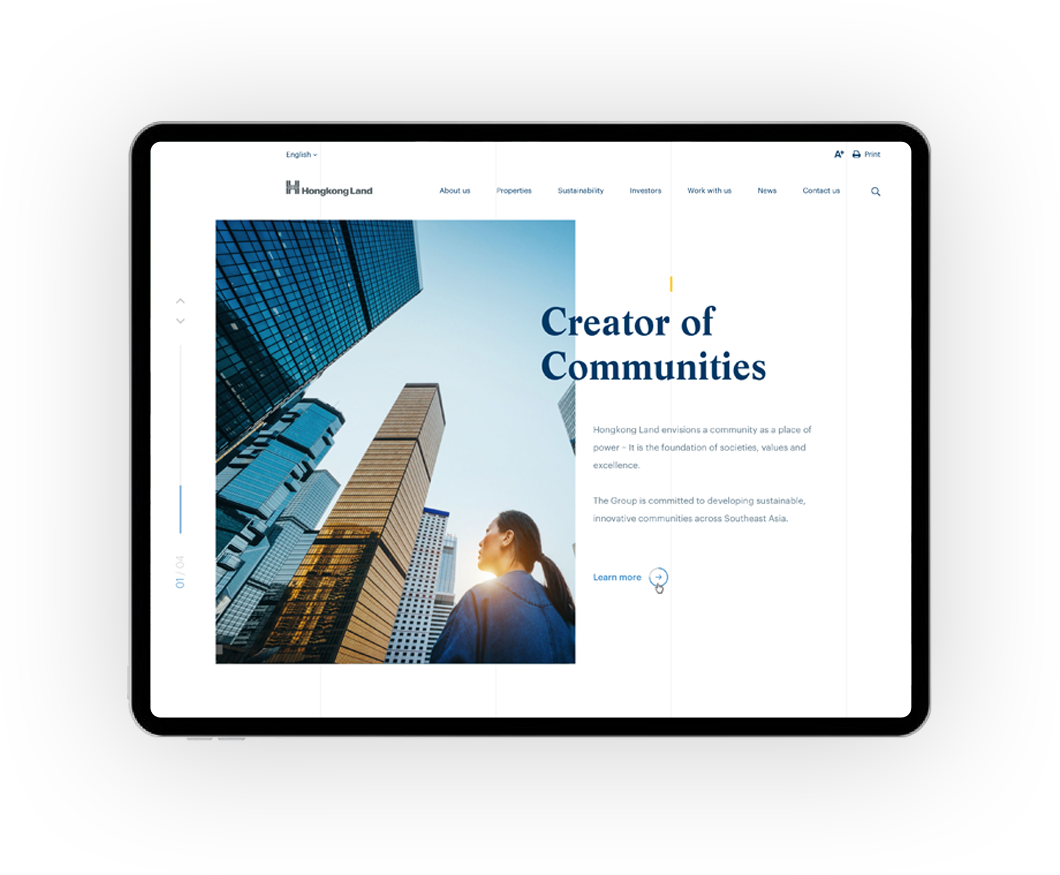The terms “UI” and “UX” are frequently used when discussing the design and functionality of websites and applications. While these two acronyms may sound similar, they represent distinct aspects of the design process that play crucial roles in creating user-friendly and visually appealing digital products. In this article, we will delve into the world of UI (User Interface) and UX (User Experience) design, exploring their differences, importance, and how they work together to enhance the overall quality of digital experiences.
What is UI Design?
UI, or User Interface, design focuses on the look and feel of a digital product. It encompasses everything that a user interacts with visually on the screen. UI designers are responsible for crafting the aesthetics of a website or app, including layout, color schemes, typography, buttons, icons, and all graphical elements. Their goal is to create an attractive and visually appealing interface that captivates users.
What is UX Design?
On the other hand, UX, or User Experience, design deals with the overall feel of the digital product. UX designers are primarily concerned with how users interact with the product and the emotions and experiences it evokes. Their objective is to make the user’s journey smooth, intuitive, and enjoyable. This involves understanding user behaviors, conducting user research, creating wireframes, and optimizing the overall flow of the product.
The Key Differences
Now that we’ve defined UI and UX design, let’s highlight the key differences between them:
1. Focus Area
- UI Design: Concentrates on the visual aspects of the product.
- UX Design: Emphasizes the user’s overall experience, including usability and functionality.
2. Goal
- UI Design: Aims to make the product aesthetically pleasing.
- UX Design: Aims to make the product user-friendly and enjoyable.
3. Elements
- UI Design: Deals with graphic elements like icons, buttons, and layout.
- UX Design: Involves user research, wireframing, and usability testing.
4. User Interaction
- UI Design: Concerned with how users interact with the interface.
- UX Design: Focuses on the entire user journey and experience.
The Synergy Between UI and UX
While they are distinct, they are intricately connected. A successful digital product requires both elements to work harmoniously. Here’s how they complement each other:
- UI Enhances UX: An appealing UI can make the user’s experience more enjoyable.
- UX Supports UI: A well-thought-out UX ensures that the UI elements are user-friendly and intuitive.
Importance in Digital Design
Why UI Matters
A captivating UI is the first impression users have of your product. It can significantly impact user engagement and retention. A visually appealing interface can create a positive perception of your brand and encourage users to explore further.
Why UX Matters
A seamless and enjoyable user experience is critical for retaining users and achieving business goals. A product that is easy to navigate and provides value to users is more likely to succeed in a competitive market.
In conclusion, UI and UX design are both indispensable components of creating successful digital products. While UI focuses on aesthetics, UX centers around functionality and user satisfaction. By understanding the differences and ensuring they work in harmony, designers can create products that not only look great but also provide an exceptional user experience.
FAQs
- What are some examples of UI elements?
UI elements include buttons, icons, navigation menus, and sliders.
- How can I improve the user experience of my website?
Conduct user research, optimize site speed, and make navigation intuitive.
- Is UI design more important than UX design?
Both are equally important, as they serve different purposes but complement each other.
- Can one person be both a UI and UX designer?
Yes, some designers specialize in both, but it’s common to have separate roles.
- What tools are commonly used in both design?
Popular tools include Adobe XD, Sketch, Figma, and InVision for both UI and UX design tasks.




